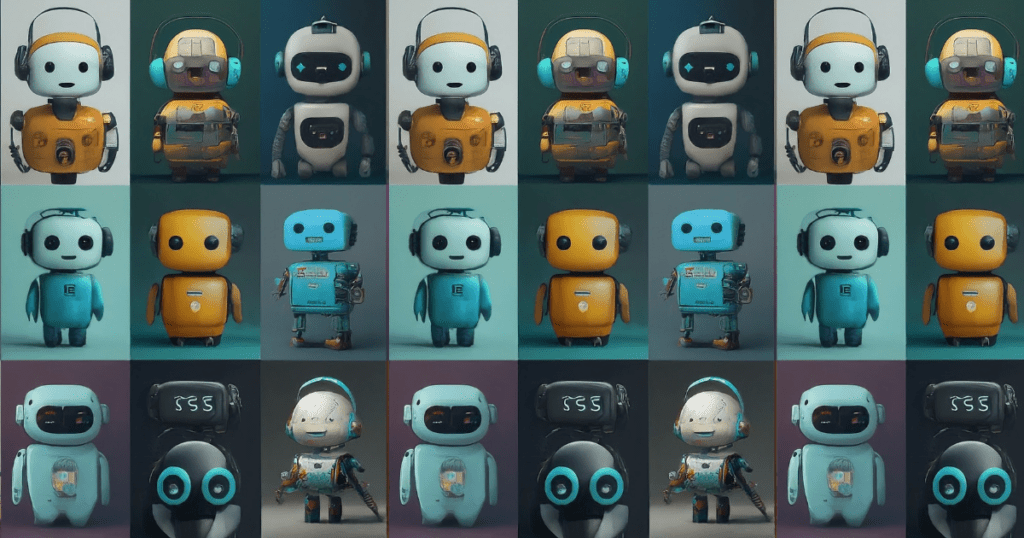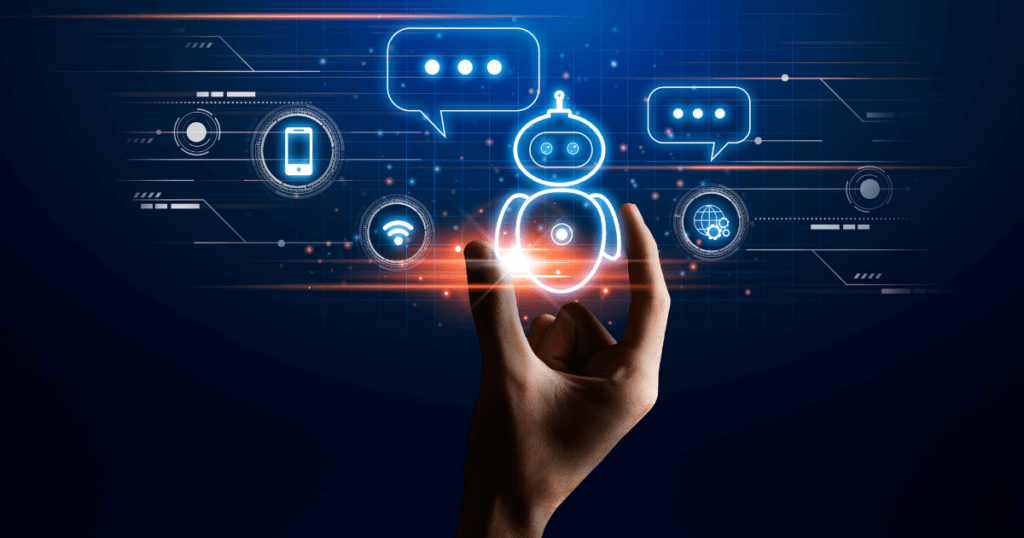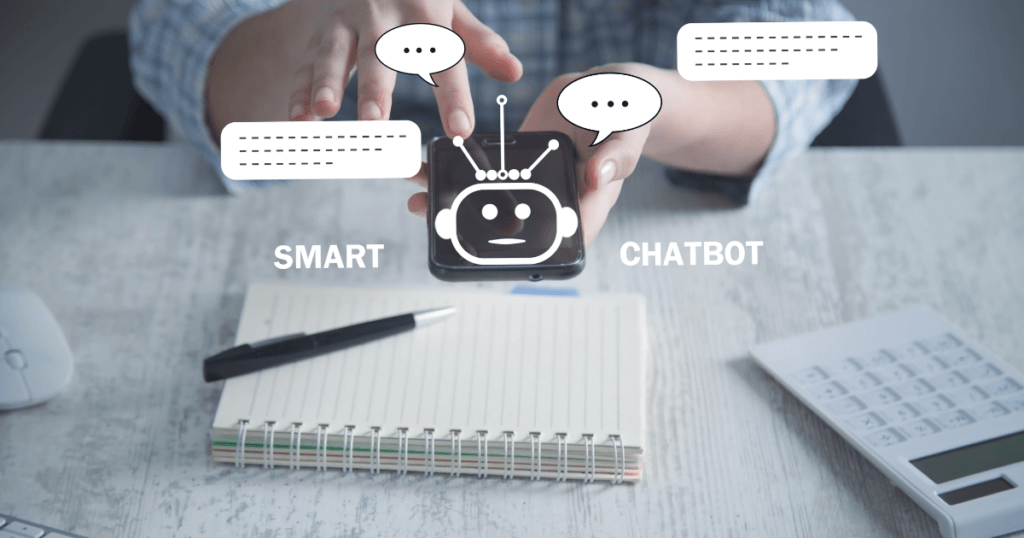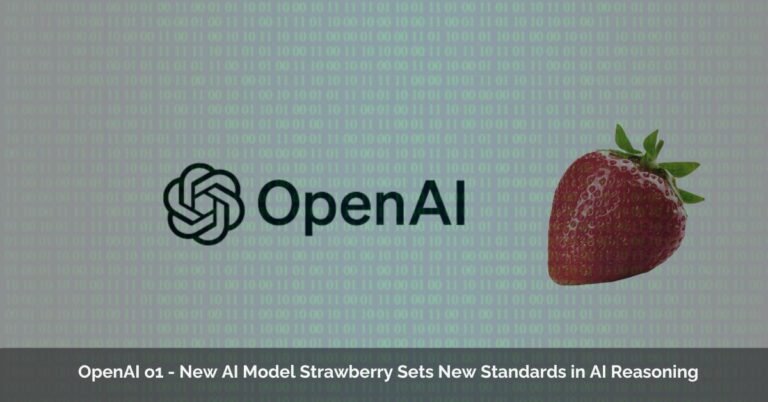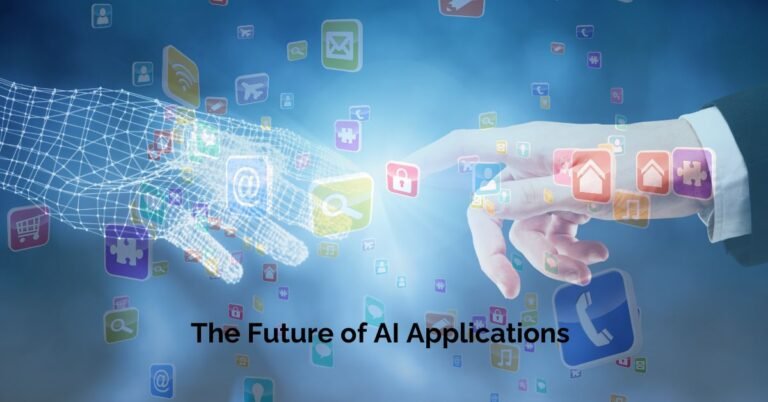Written by Ameerah
In today’s digital landscape, customer interaction is evolving rapidly. Enter chatbots and virtual assistants (VAs), AI-powered tools transforming how businesses connect with their audience. But what exactly are they, and how do they work? Buckle up, let’s delve into the exciting world of these digital assistants!
What are Chatbots & Virtual Assistants?
Imagine interacting with a business representative who’s available 24/7, answers your questions instantly, and understands your needs even before you ask. That’s the magic of chatbots and virtual assistants (VAs). These AI-powered programs simulate human conversation, transforming how businesses interact with customers.
- Chatbots: Primarily text-based, they reside on websites, messaging apps, or social media platforms. They answer FAQs, provide basic support, and collect information.
- Virtual Assistants: More advanced, they can handle complex tasks like booking appointments, managing schedules, or even making recommendations. They utilize text, voice, and sometimes even video interactions.
How do Chatbots & Virtual Assistants Work?
Both rely on a combination of technologies:
- Natural Language Processing (NLP): This AI technique enables them to understand the meaning behind human language, interpreting intent and extracting key information from user queries.
- Machine Learning: Chatbots and VAs constantly learn and evolve through this technology. Analyzing past interactions, they refine their responses and personalize future interactions.
- Dialogue Management: This system dictates how the conversation flows. Based on user input, it determines the appropriate response or action, ensuring a coherent and engaging interaction.
- Knowledge Base: This serves as the brain of the AI, storing information and rules that guide responses and actions. Think of it as a vast library that the chatbot/VA taps into to answer questions or complete tasks.
Benefits of Chatbots & Virtual Assistants:

These AI helpers offer a range of advantages for businesses and individuals alike:
For Businesses:
- 24/7 Availability: Provide uninterrupted support, even outside business hours.
- Improved Efficiency: Automate repetitive tasks, freeing up human agents for complex issues.
- Personalized Interactions: Offer tailored experiences based on customer preferences and history.
- Cost Reduction: Save on customer service costs by automating support and deflecting basic inquiries.
- Lead Generation & Sales: Capture leads and qualify sales prospects through engaging chatbot interactions.
For Individuals:
- Convenience & Speed: Get answers and complete tasks instantly, anytime, anywhere.
- Self-Service Support: Find solutions to problems independently with helpful guidance.
- Personalized Recommendations: Receive suggestions based on your interests and previous interactions.
- 24/7 Assistance: Access information or complete tasks even outside of business hours.
Popular Chatbot & Virtual Assistant Platforms
Several chatbot and VA platforms are available, each with its unique features and benefits. Here are a few of the most popular:
1. Ada:
- Focus: Complex customer support with human oversight.
- Strengths: Combines powerful NLP with human expertise for nuanced responses to challenging inquiries.
- Ideal for: Businesses dealing with intricate customer issues requiring deeper understanding and personalized solutions (e.g., finance, healthcare).
- Limitations: Might have higher costs due to human involvement.
2. Amelia:
- Focus: Intelligent self-service and proactive engagement.
- Strengths: Empowers users to find information and complete tasks independently, with proactive guidance and assistance.
- Ideal for: Businesses aiming to reduce support load and empower customers with self-service options (e.g., e-commerce, travel booking).
- Limitations: This may require training for specific use cases and customization needs.
3. AmplifAI:
- Focus: Omnichannel, flexible chatbot with sentiment analysis and live agent handoff.
- Strengths: Handles diverse customer interactions across various channels, understands user sentiment for personalized responses, and seamlessly connects to human agents for complex issues.
- Ideal for: Businesses needing a versatile solution for multi-channel customer support and nuanced engagement (e.g., retail, customer service agencies).
- Limitations: Feature-rich nature might require more technical expertise for setup and management.
4. Botpress:
- Focus: Open-source, a no-code platform for building custom chatbots.
- Strengths: Cost-effective and adaptable, allowing businesses to build and customize chatbots without coding knowledge.
- Ideal for: Businesses seeking a flexible and affordable solution to build chatbots for specific needs or experimenting with chatbot technology.
- Limitations: Requires more manual effort for development and customization compared to managed platforms.
5. Drift:
- Focus: Conversational marketing with chatbots, live chat, and video meetings.
- Strengths: Generates leads, qualifies sales prospects, and fosters engagement through conversational marketing tactics.
- Ideal for: Businesses looking to leverage chatbots for lead generation, sales qualification, and customer engagement (e.g., B2B marketing, sales teams).
- Limitations: Primarily focused on marketing goals, may not be suitable for complex customer service needs.
6. Help Scout Beacon:
- Focus: Conversational support with self-service options and proactive outreach.
- Strengths: Provides self-service resources, guides users through common issues, and proactively reaches out for assistance.
- Ideal for: Businesses aiming to empower customers with self-service tools while offering proactive support for a better experience (e.g., SaaS companies, customer success teams).
- Limitations: May not be suitable for handling highly complex customer inquiries.
7. Intercom Assist:
- Focus: Proactive conversational support with features like product tours.
- Strengths: Onboards new customers, guides them through product features, and provides proactive assistance for a smooth user experience.
- Ideal for: Businesses with complex products or onboarding processes who want to improve user engagement and reduce churn (e.g., software companies, subscription services).
- Limitations: Primarily focused on onboarding and product education, may not be suitable for diverse customer service needs.
Choosing the Right Chatbot & Virtual Assistant Platform
Choosing the right chatbot or virtual assistant platform can be overwhelming with so many options available. To make an informed decision, it’s crucial to carefully assess your specific needs and weigh them against the strengths and weaknesses of various platforms. Here’s a detailed breakdown of the factors you should consider:
- Complexity of your customer interactions:
- High complexity: If you deal with intricate inquiries requiring nuanced understanding and potentially human intervention, consider platforms like Ada with its powerful NLP combined with human oversight. AmplifAI is another option, offering sentiment analysis and live agent handoff for complex situations.
- Moderate complexity: For interactions involving product guidance, scheduling, or basic troubleshooting, platforms like Amelia with its self-service capabilities and Intercom Assist with guided product tours could be suitable.
- Simple interactions: If your needs primarily involve FAQs and basic information delivery, Help Scout Beacon and Botpress (open-source for custom building) are good options.
- Your budget:
- Limited budget: Open-source platforms like Botpress are budget-friendly but require technical expertise for setup and maintenance. Help Scout Beacon and Intercom Assist offer basic functionalities at reasonable costs.
- Moderate budget: Platforms like Amelia and Drift provide more features and capabilities but come with higher price tags. Consider their value proposition based on your expected ROI.
- Large budget: Enterprise-grade solutions like Ada and AmplifAI offer comprehensive features and human oversight, making them ideal for high-volume complex interactions but with the highest costs.
- Your technical expertise:
- Limited technical expertise: If you lack in-house tech skills, opt for user-friendly platforms like Amelia and Drift with intuitive interfaces and minimal coding requirements.
- Moderate technical expertise: Consider platforms like Help Scout Beacon and Intercom Assist with some customization options but manageable complexity.
- High technical expertise: If you have the technical resources, Botpress offers complete control over building and customizing your chatbot while requiring strong development skills.
- The features you need:
- Omnichannel Support: If you need a chatbot across multiple platforms (website, messaging apps, etc.), consider AmplifAI or Intercom Assist.
- Sentiment Analysis: Platforms like AmplifAI and Ada analyze user sentiment for tailored responses, improving engagement and support.
- Live Agent Handoff: If complex issues require human intervention, AmplifAI and Ada seamlessly transfer conversations to live agents.
- Proactive Engagement: Platforms like Amelia and Intercom Assist proactively reach out to customers with relevant information and support.
- Marketing & Sales Focus: If lead generation and sales qualification are your priorities, Drift excels with chatbot-powered marketing and sales tools.
Additional factors to consider:
- Scalability: Ensure the platform can grow with your business needs.
- Integrations: Check if the platform integrates with your existing tools and CRM systems.
- Security and compliance: Evaluate the platform’s security measures and data privacy compliance.
- Free trials and demos: Most platforms offer free trials or demos, allowing you to test-drive their capabilities before committing.
By carefully considering these factors and researching the specific offerings of each platform, you can make an informed decision that best aligns with your unique business needs and budget. Remember, the ideal chatbot or VA platform is not a one-size-fits-all solution, so take your time to find the perfect match for your goals.
Gazing into the Crystal Ball: The Future of Chatbots & Virtual Assistants
The world of chatbots and virtual assistants (VAs) is already rapidly evolving, but the future holds even more exciting possibilities. Here’s a glimpse into what we might expect:
- Enhanced Intelligence & Understanding:
- Advanced NLP: Natural Language Processing (NLP) will reach new heights, enabling chatbots and VAs to understand complex concepts, emotions, and even humor, leading to more natural and engaging interactions.
- Contextual Awareness: They’ll not only understand words but also the context in which they’re used, allowing them to respond dynamically and provide truly personalized experiences.
- Learning & Adapting: By leveraging cutting-edge machine learning, chatbots and VAs will continuously learn and adapt to user preferences and behaviors, tailoring their responses in real time.
- Deeper Integration & Ubiquity:
- Omnichannel Presence: Expect seamless integration across various platforms, from websites and messaging apps to voice assistants and smart devices, creating a unified conversational experience.
- Proactive Assistance: VAs will anticipate user needs before they even arise, offering relevant information and proactive support in a truly predictive manner.
- Personalized Companions: From managing schedules to recommending products, VAs will evolve into personalized companions, seamlessly integrated into people’s daily lives.
- Emotional Intelligence & Empathy:
- Recognizing & Responding to Emotions: Chatbots and VAs will understand and respond to human emotions, offering empathetic support and guidance during challenging situations.
- Building Trust & Relationships: With increased emotional intelligence, they’ll build trust and rapport with users, fostering deeper connections and fostering loyalty.
- Human-like Interactions: The line between human and machine interaction will blur, leading to natural and emotionally engaging conversations that feel almost human.
- Ethical Considerations & Transparency:
- Bias & Fairness: Addressing potential biases in AI algorithms and ensuring fair treatment of all users will be crucial for responsible development and adoption.
- Transparency & Explainability: Users will demand transparency into how chatbots and VAs operate and make decisions, requiring explainable AI solutions.
- Privacy & Security: Protecting user data and ensuring online privacy will be paramount as these AI tools become more deeply integrated into our lives.
Overall, the future of chatbots and VAs is bright. They have the potential to revolutionize the way we interact with technology, businesses, and even each other. However, navigating the ethical and social implications will be crucial to ensure responsible development and a future where these AI assistants truly benefit humanity.
Conclusion: Charting a Course with Chatbots & Virtual Assistants
The rise of chatbots and virtual assistants (VAs) has irrevocably reshaped the landscape of customer interaction, offering businesses and individuals alike unprecedented opportunities for growth and efficiency. While the technology is still in its early stages, the potential applications and future advancements paint a vivid picture of a world where intelligent, helpful, and even emotionally intuitive AI companions are seamlessly integrated into our daily lives.
Key Takeaways:
- Transformative Impact: Chatbots and VAs are already revolutionizing customer service, marketing, and personal assistance, and their influence will only expand in the future.
- Evolving Intelligence: Advancements in NLP and machine learning will unlock deeper understanding, contextual awareness, and even emotional intelligence in these AI assistants.
- Ubiquitous Presence: Expect seamless integration across diverse platforms, creating an omnichannel experience and proactive, predictive assistance.
- Ethical Considerations: Responsible development must prioritize user privacy, address potential biases, and ensure transparency in decision-making processes.
Final Word:
As we navigate the exciting yet complex world of chatbots and VAs, remember that they are tools, not replacements. Their true value lies in augmenting human capabilities, fostering deeper connections, and ultimately building a more efficient, informed, and perhaps even a bit more delightful future for all.
FAQs about Chatbots & Virtual Assistants:
- What are the main benefits of using chatbots and VAs?
- 24/7 Availability: They provide consistent support and assistance regardless of time zone or business hours.
- Improved Efficiency: They automate repetitive tasks, freeing up human agents for complex issues.
- Personalized Interactions: They can remember past conversations and preferences, tailoring responses to individual users.
- Reduced Costs: Automating tasks and offering self-service options lead to cost savings for businesses.
- Increased Customer Satisfaction: By providing timely and efficient support, they can improve customer satisfaction and loyalty.
- Enhanced Lead Generation: VAs can engage website visitors, qualify leads, and nurture them through the sales funnel.
- What are some of the challenges associated with chatbots and VAs?
- Limited understanding of complex inquiries: They may struggle with nuanced language or intricate problems that require human expertise.
- Privacy and security concerns: Data privacy and security are crucial considerations when using these AI-powered tools.
- Potential for bias: Biases in AI algorithms can lead to unfair treatment of users, requiring careful development and monitoring.
- Lack of human touch: While VAs can be helpful, they may not always provide the emotional connection and understanding offered by human interaction.
- What are some popular chatbot and VA platforms?
- Ada: Focuses on complex customer support with human oversight.
- Amelia: Offers self-service capabilities and proactive engagement.
- AmplifAI: Provides omnichannel support with sentiment analysis and live agent handoff.
- Botpress: An open-source, no-code platform for custom chatbots.
- Drift: A conversational marketing platform combining chatbots with live chat and video meetings.
- Help Scout Beacon: A conversational support tool enabling self-service and proactive outreach.
- Intercom Assist: Offers proactive conversational support with features like guided product tours.
- How do I choose the right chatbot or VA platform for my needs?
Consider the following factors:
- The complexity of your interactions: Do you need a chatbot for simple inquiries or complex support?
- Budget: Open-source options exist, but paid platforms offer more advanced features.
- Technical expertise: Do you have the technical resources to manage the platform?
- Desired features: Identify functionalities crucial for your specific goals.
- What is the future of chatbots and VAs?
Expect advancements in NLP, leading to deeper understanding, context awareness, and emotional intelligence. These AI assistants will become more integrated across platforms, offering proactive and personalized experiences. Ethical considerations and transparency will be crucial for responsible development and user trust.
- How can businesses use chatbots and VAs?
- For customer service, marketing, sales, lead generation, onboarding, and more.
- What are the ROI considerations for using chatbots and VAs?
- They can reduce costs, increase sales, and improve customer satisfaction, leading to a positive ROI.
- Are chatbots and VAs replacing human jobs?
- While some tasks might be automated, chatbots and VAs are more likely to augment human capabilities and create new opportunities. They can free up human agents for more complex tasks requiring empathy, creativity, and critical thinking.

